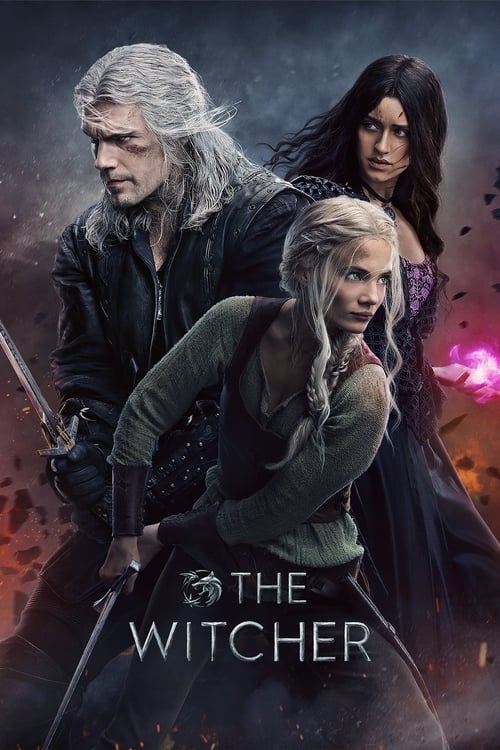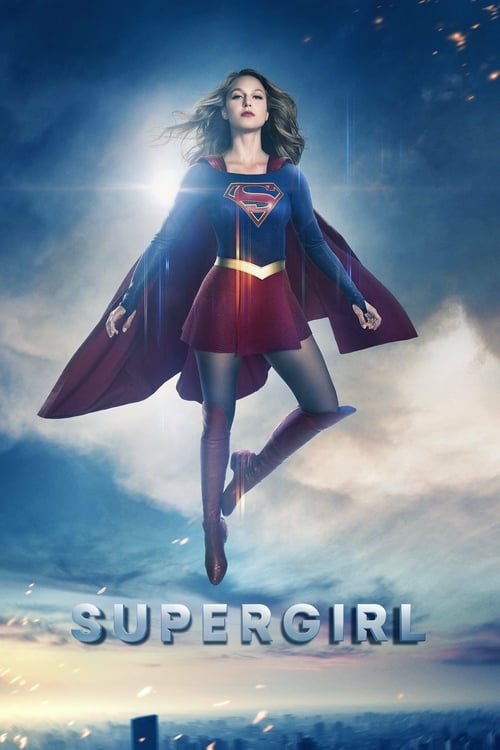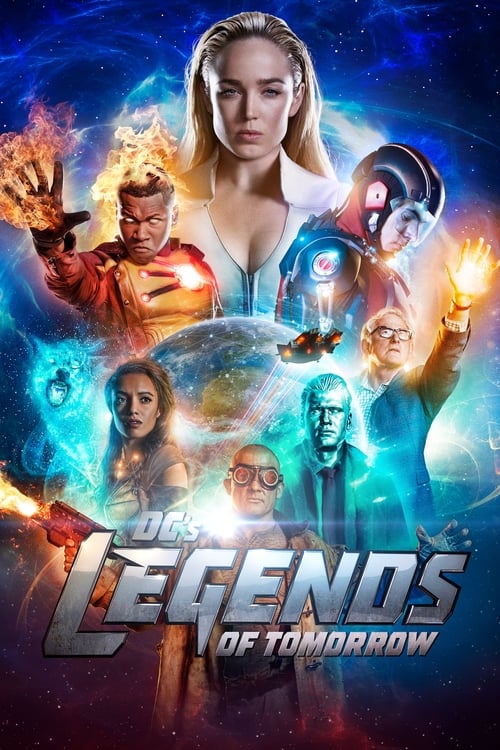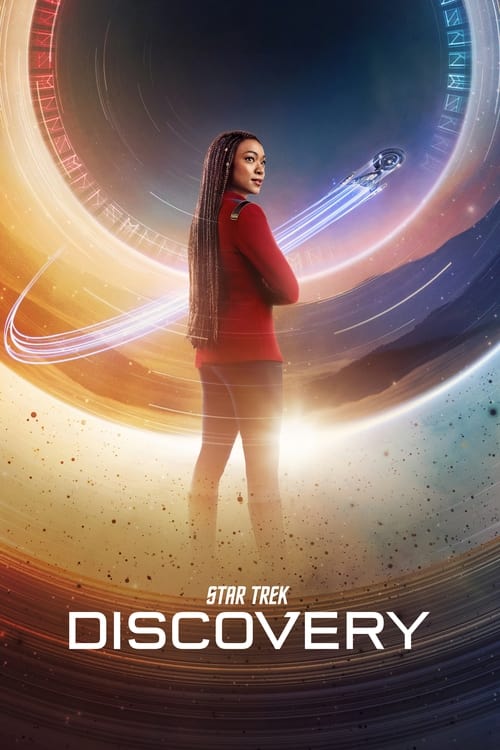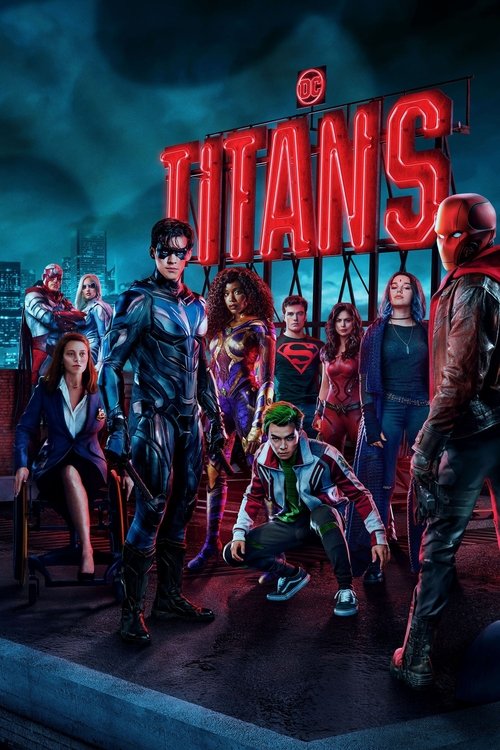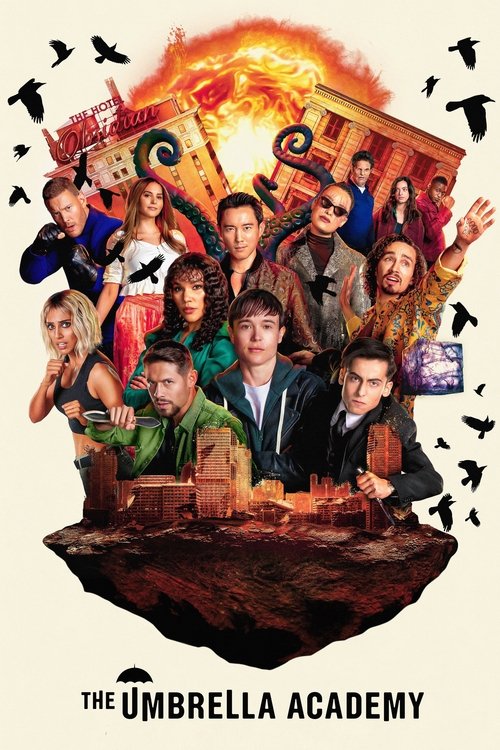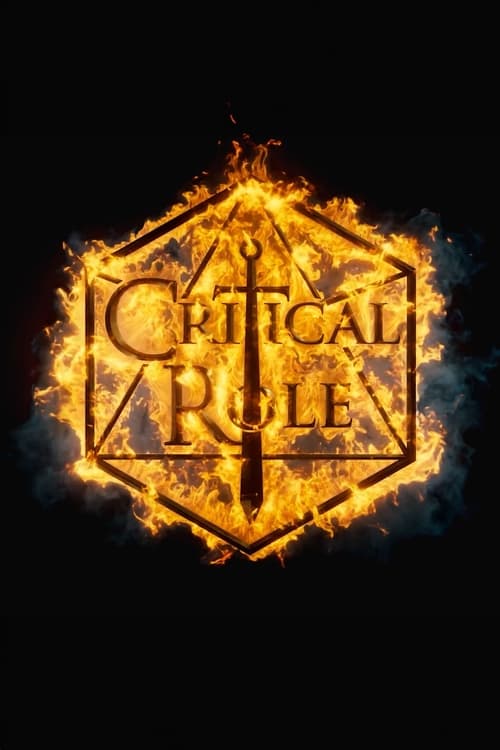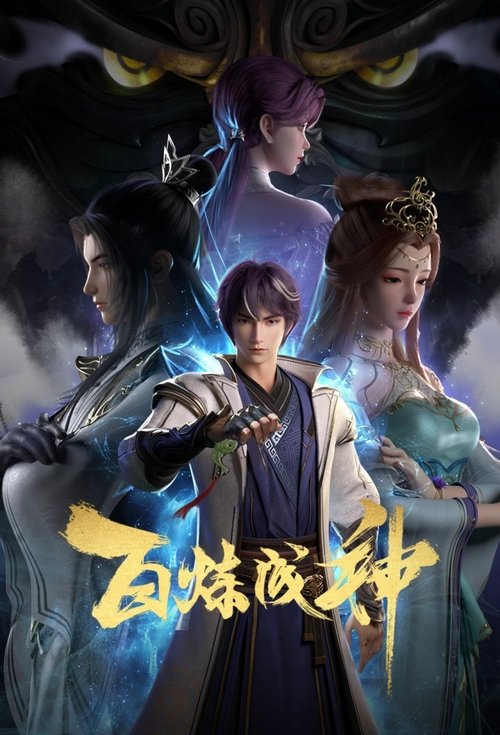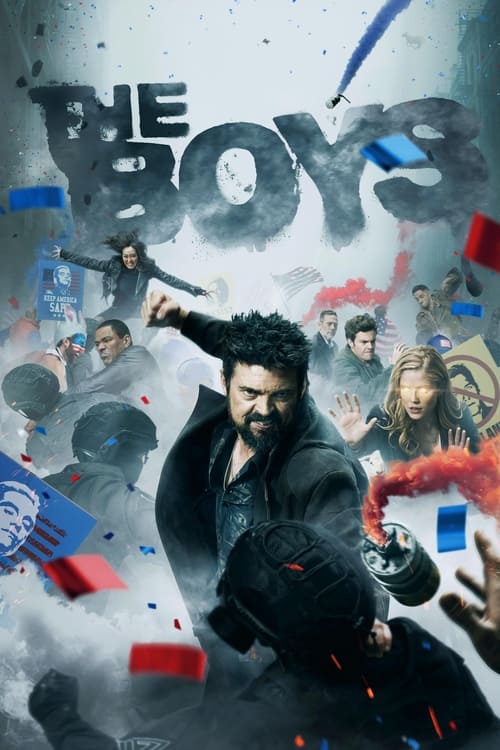
Ask Your Own Question
What is the plot?
In the first episode, "The End's Beginning," we are introduced to Geralt of Rivia, a monster hunter known as a Witcher. The story begins with Geralt fighting a Kikimora in a swamp, showcasing his combat skills and the physical toll of his profession. After defeating the creature, he travels to a nearby town called Blaviken, where he seeks a reward for his services. In Blaviken, Geralt encounters a sorceress named Renfri, who is being pursued by a mage named Stregobor. Renfri reveals her tragic backstory, explaining that she was cursed to be a monster due to her lineage. Geralt is torn between his moral code and the chaos surrounding Renfri.
As tensions rise, Geralt refuses to kill Renfri, believing she deserves a chance at life. However, Renfri confronts Geralt, leading to a violent showdown in the town square. Geralt ultimately kills Renfri and her men in self-defense, earning the title of "Butcher of Blaviken" from the townsfolk. The episode ends with Geralt reflecting on his choices and the consequences of his actions.
In the second episode, "Four Marks," we are introduced to Yennefer of Vengerberg, a young woman with a hunchback who is mistreated by her family. She discovers her magical abilities and is taken to Aretuza, a school for sorceresses. There, she meets Tissaia de Vries, who becomes her mentor. Yennefer struggles with her identity and the sacrifices she must make to gain power, including undergoing a painful transformation to become beautiful.
Meanwhile, Geralt continues his journey and encounters a striga, a monster that is actually a cursed princess. He learns that the curse can only be broken by spending a night in the monster's lair. Geralt faces the striga in a brutal battle, using his wit and strength to survive. He ultimately breaks the curse, restoring the princess to her human form, but not without suffering injuries.
In the third episode, "Betrayer Moon," Geralt investigates a series of mysterious deaths in a village, which are linked to a monster known as a leshy. He discovers that the creature is being controlled by a cursed prince, Agloval. Geralt confronts the prince, who reveals his tragic backstory and the reason for his transformation. Geralt must make a difficult decision to kill the leshy to save the villagers, but he also feels sympathy for the prince's plight.
Meanwhile, Yennefer continues her training at Aretuza, where she learns about the political machinations of the sorceresses. She becomes increasingly ambitious and desires to gain more power, leading her to make choices that will have lasting consequences.
In the fourth episode, "Of Banquets, Bastards, and Burials," Geralt attends a royal banquet where he meets Princess Cirilla, known as Ciri. The banquet is filled with political intrigue, and Geralt is drawn into the conflict between the various factions vying for power. Ciri is revealed to be the target of multiple factions due to her mysterious powers and lineage.
As the episode progresses, Ciri's home, Cintra, is attacked by the Nilfgaardian army. Ciri's grandmother, the queen, is killed, and Ciri is forced to flee into the woods. She encounters a group of soldiers and narrowly escapes capture, showcasing her resilience and determination to survive.
In the fifth episode, "Bottled Appetites," Geralt and Yennefer's paths cross again as they both seek to fulfill their desires. Geralt is on a quest to find a djinn, a powerful magical being, to grant him wishes. He encounters Yennefer, who is also seeking the djinn for her own purposes. Their relationship becomes complicated as they navigate their feelings for each other and the consequences of their actions.
The episode culminates in a confrontation with the djinn, where Geralt and Yennefer must work together to survive. Geralt makes a wish that binds him to Yennefer, deepening their connection but also complicating their fates.
In the sixth episode, "Rare Species," Geralt is hired to hunt a dragon, which leads him to a group of unlikely allies, including Yennefer and a bard named Jaskier. The group faces various challenges as they navigate the treacherous terrain and their own conflicting motivations.
As they reach the dragon's lair, they discover that the dragon is not the monster they expected. Geralt must confront his own beliefs about monsters and humanity as he decides whether to protect the dragon or fulfill his contract. The episode explores themes of loyalty, friendship, and the nature of good and evil.
In the seventh episode, "Before a Fall," the political landscape shifts dramatically as the Nilfgaardian army continues its advance. Ciri is on the run, seeking refuge and safety. Geralt learns of the impending war and the impact it will have on the people he cares about.
Yennefer, now fully embracing her power, becomes embroiled in the political machinations of the sorceresses. She faces a choice between her ambition and her feelings for Geralt, leading to a pivotal moment in their relationship.
The season culminates in the eighth episode, "Much More," where the various storylines converge. Ciri's fate becomes intertwined with Geralt's as they both face the consequences of their choices. The episode features intense battles, emotional confrontations, and revelations about the true nature of destiny.
As the season concludes, Geralt and Ciri's paths finally cross, setting the stage for future adventures and the exploration of their bond as they navigate a world filled with danger, magic, and moral ambiguity.
What is the ending?
At the end of The Witcher, Geralt of Rivia confronts the consequences of his choices, particularly regarding his relationship with Ciri. The story culminates in a battle against the forces of Nilfgaard, with Ciri embracing her destiny. Geralt and Ciri's bond deepens, and they find a sense of belonging together. Yennefer, after a tumultuous journey, faces her own struggles for power and identity. The season concludes with a sense of uncertainty about the future, but a commitment to protect one another.
As the final episode unfolds, the tension escalates in the war-torn landscape of the Continent. The camera sweeps over the battlefield, where Nilfgaardian forces clash with the Northern kingdoms. The air is thick with the sounds of clashing swords and the cries of the wounded. Geralt, clad in his signature armor, stands resolute, his eyes scanning the chaos for Ciri, the young girl he has sworn to protect.
Scene breaks to Ciri, who is in the midst of her own turmoil. She is grappling with her newfound powers and the weight of her destiny. The camera captures her face, a mixture of fear and determination, as she realizes that she must embrace her identity as the Lion Cub of Cintra. She is not just a pawn in the game of thrones; she is a force to be reckoned with.
Meanwhile, Yennefer, having faced her own trials, is caught in a moment of reflection. She stands atop a hill, her long dark hair billowing in the wind, contemplating her choices. The power she sought has come at a great cost, and she feels the emptiness of her ambition. Her internal struggle is palpable as she watches the battle unfold below, torn between her desire for power and her feelings for Geralt.
The narrative shifts back to Geralt, who finally finds Ciri amidst the chaos. Their reunion is charged with emotion; Geralt's protective instincts surge as he pulls her close, vowing to keep her safe. Ciri, feeling the weight of her lineage, looks up at him with a fierce resolve. She is no longer the frightened girl but a warrior in her own right. Together, they navigate the battlefield, dodging arrows and fighting off enemies, their bond strengthening with each challenge they face.
As the battle rages on, Yennefer makes a pivotal decision. She joins the fray, using her magic to turn the tide in favor of the Northern forces. The camera captures her casting spells with fierce intensity, her face a mask of determination. In this moment, she finds a sense of purpose, fighting not just for power but for those she cares about.
The climax of the episode arrives when Ciri unleashes her powers, a manifestation of her true potential. The ground trembles as she channels her energy, creating a shockwave that disrupts the Nilfgaardian forces. Geralt watches in awe and pride, realizing that Ciri is not just a child to be protected but a powerful ally.
In the aftermath of the battle, the dust settles, revealing the devastation left behind. Geralt, Ciri, and Yennefer regroup, their faces marked by exhaustion but also a newfound understanding of their roles in each other's lives. Geralt looks at Ciri, a mix of pride and concern in his eyes, knowing that their journey is far from over. Ciri, emboldened by her actions, feels a sense of belonging for the first time, standing beside Geralt and Yennefer, who have become her chosen family.
The final scene captures the trio walking away from the battlefield, the sun setting behind them, casting a warm glow over their figures. They are united, yet the future remains uncertain. Geralt's voiceover reflects on the nature of destiny and choice, hinting at the challenges that lie ahead. The screen fades to black, leaving viewers with a sense of hope intertwined with the complexities of their intertwined fates.
In this conclusion, Geralt remains a protector, Ciri embraces her identity, and Yennefer seeks redemption, each character poised for the next chapter of their intertwined destinies.
Who dies?
In the 2019 adaptation of "The Witcher," several characters meet their demise throughout the series. Here are the notable deaths, along with the circumstances surrounding each:
-
Renfri: Renfri is introduced in the first episode, "The End's Beginning." She is a princess turned bandit who confronts Geralt in the town of Blaviken. Renfri's death occurs when Geralt is forced to make a choice between her and the townspeople she threatens. In a tense confrontation, Geralt ultimately kills Renfri in self-defense, using his sword to strike her down after she attacks him. This moment is pivotal, as it highlights Geralt's internal conflict between his moral code and the harsh realities of his world.
-
Stregobor: Although Stregobor does not die in the first season, he is a significant character who faces the consequences of his actions. He is a sorcerer who has been hunting Renfri and is responsible for her tragic fate. His character serves as a representation of the moral ambiguity present in the series, as he believes he is justified in his actions against those he deems dangerous.
-
The Striga: In the episode "Bottled Appetites," Geralt faces a Striga, a cursed creature that is the result of a royal family's dark past. The Striga is ultimately defeated by Geralt, who uses his knowledge of the curse to break it. While the Striga is not a traditional character death, her transformation back into a human signifies the end of her monstrous existence.
-
Queen Calanthe: In the episode "Much More," Queen Calanthe, the Lioness of Cintra, meets her end during the invasion of her kingdom by Nilfgaardian forces. In a desperate attempt to protect her family and her people, she fights valiantly but is ultimately overwhelmed. In a moment of despair, she chooses to take her own life rather than be captured, demonstrating her fierce pride and unwillingness to submit to her enemies.
-
Ciri's parents: Ciri's parents, Pavetta and Duny, die during the events of the series. Their deaths occur off-screen but are revealed through Ciri's memories. They perish during the Nilfgaardian invasion, which sets the stage for Ciri's journey and her connection to Geralt.
-
The Knight of the Order of the White Rose: In the episode "Four Marks," a knight is killed during a confrontation with Geralt. This death serves to illustrate the dangers of the world Geralt inhabits and the often brutal consequences of his choices.
-
Various soldiers and townsfolk: Throughout the series, numerous soldiers and townsfolk die during battles and skirmishes, particularly during the Nilfgaardian invasion of Cintra. These deaths contribute to the overarching themes of war, loss, and the impact of conflict on innocent lives.
Each of these deaths serves to deepen the narrative, showcasing the complexities of the characters and the harsh realities of the world they inhabit. The emotional weight of these moments resonates throughout the series, influencing the motivations and actions of the surviving characters.
Is there a post-credit scene?
The Witcher, produced in 2019, does not feature a post-credit scene. The series concludes each episode without any additional scenes after the credits roll. Instead, the focus remains on the unfolding narrative and character development throughout the episodes. The storytelling is rich and layered, emphasizing the complex relationships and moral dilemmas faced by the characters, particularly Geralt of Rivia, Yennefer of Vengerberg, and Ciri. Each episode ends with a sense of closure, leading into the next chapter of their intertwined fates without the need for post-credit revelations.
What is the significance of Geralt's relationship with Yennefer in the series?
Geralt of Rivia's relationship with Yennefer of Vengerberg is central to the narrative of The Witcher. Their bond is complex, marked by deep emotional connections and tumultuous conflicts. Initially, Geralt meets Yennefer when he seeks a cure for his cursed friend, and their chemistry is palpable. Yennefer, a powerful sorceress, is driven by her desire for control and acceptance, while Geralt struggles with his feelings for her, often torn between his duty as a Witcher and his love for her. Their relationship is characterized by a cycle of attraction and rejection, showcasing their individual struggles with identity and belonging. The emotional weight of their connection is further emphasized by the concept of destiny, as they are bound together by the Law of Surprise, which adds layers of complexity to their interactions.
How does the character of Ciri evolve throughout the first season?
Ciri, or Cirilla, is introduced as a young princess fleeing from the destruction of her home, Cintra. Throughout the first season, her character evolves from a frightened child into a determined young woman. Initially, she is depicted as vulnerable, grappling with the loss of her family and the chaos surrounding her. As she encounters various characters, including the enigmatic Geralt, she begins to discover her own strength and potential. Her journey is marked by moments of resilience, such as when she escapes from the Nilfgaardian soldiers and later when she confronts her own fears. Ciri's evolution is also tied to her growing awareness of her destiny and the powers she possesses, which foreshadows her significant role in the larger narrative.
What role does the character of Jaskier play in Geralt's journey?
Jaskier, the bard, serves as both comic relief and a crucial companion to Geralt throughout the series. His flamboyant personality contrasts sharply with Geralt's stoic demeanor, providing a light-hearted counterbalance to the darker themes of the story. Jaskier's motivations are driven by his desire for adventure and fame, often leading him to follow Geralt on his quests. He is instrumental in humanizing Geralt, showcasing the Witcher's struggles with loneliness and his moral dilemmas. Jaskier's songs, particularly 'Toss a Coin to Your Witcher,' not only elevate Geralt's status but also reflect the public's perception of him. Their friendship, though sometimes strained by Jaskier's impulsiveness, highlights the importance of camaraderie in Geralt's life.
What is the significance of the Law of Surprise in the series?
The Law of Surprise is a pivotal concept in The Witcher, representing the intertwining fates of characters. This ancient custom dictates that a person can claim a reward for a favor, which is often something the benefactor does not yet know they possess. In the series, Geralt invokes this law when he saves the life of a king, unknowingly binding his fate to Ciri, the king's daughter. This moment is crucial as it sets the stage for the deep connection between Geralt and Ciri, emphasizing themes of destiny and choice. The Law of Surprise also serves to illustrate the unpredictable nature of fate within the world of The Witcher, where characters' lives are often shaped by forces beyond their control.
How does the series portray the conflict between humans and non-humans?
The Witcher portrays the conflict between humans and non-humans, such as elves and dwarves, as a significant theme throughout the first season. This tension is illustrated through various interactions and societal dynamics, particularly in the context of the ongoing war and the rise of Nilfgaard. Non-humans are often depicted as marginalized and oppressed, facing discrimination and violence from human societies. Characters like the elf, Filavandrel, express their resentment towards humans for their historical injustices, while Geralt, as a Witcher, navigates this complex landscape with a sense of moral ambiguity. The series highlights the struggles of non-humans to find their place in a world that fears and rejects them, ultimately questioning the nature of humanity and the consequences of prejudice.
Is this family friendly?
The Witcher, produced in 2019, contains several elements that may not be suitable for children or sensitive viewers. Here are some potentially objectionable aspects:
-
Violence and Gore: The series features frequent scenes of intense violence, including battles, monster attacks, and graphic depictions of injuries and death. Blood and gore are prevalent, which may be disturbing for younger audiences.
-
Sexual Content: There are multiple scenes that include nudity and sexual situations. These moments are often explicit and may be inappropriate for children.
-
Strong Language: The dialogue includes profanity and harsh language, which may not be suitable for younger viewers.
-
Dark Themes: The show explores complex themes such as betrayal, moral ambiguity, and the consequences of choices, which may be difficult for children to understand or process.
-
Supernatural Horror: The presence of monsters and dark magic can be frightening, with some creatures depicted in a menacing and unsettling manner.
-
Emotional Turmoil: Characters experience significant emotional struggles, including loss, grief, and existential dilemmas, which may be heavy for sensitive viewers.
Overall, The Witcher is intended for a mature audience and may not be appropriate for children or those who are easily upset by violence, sexual content, or dark themes.

